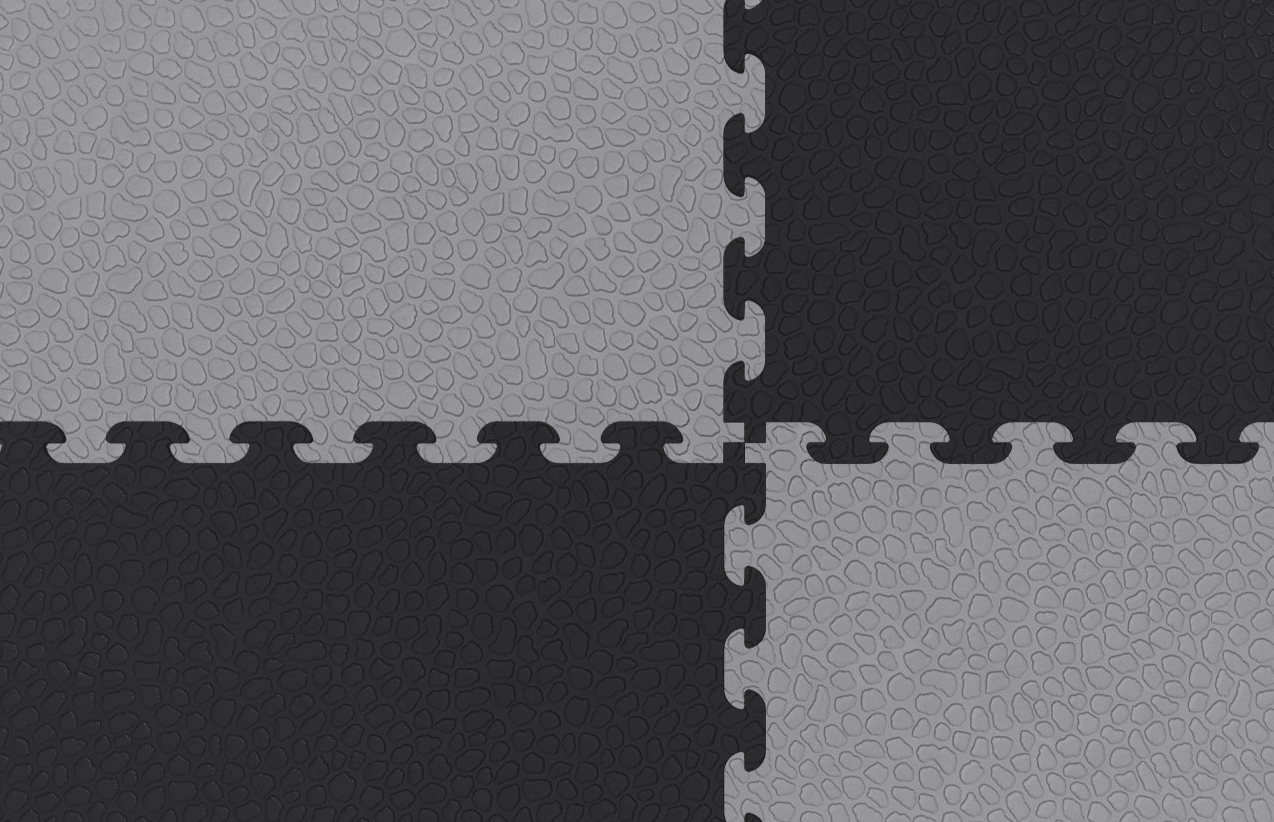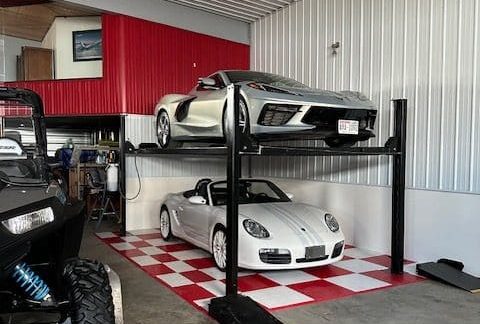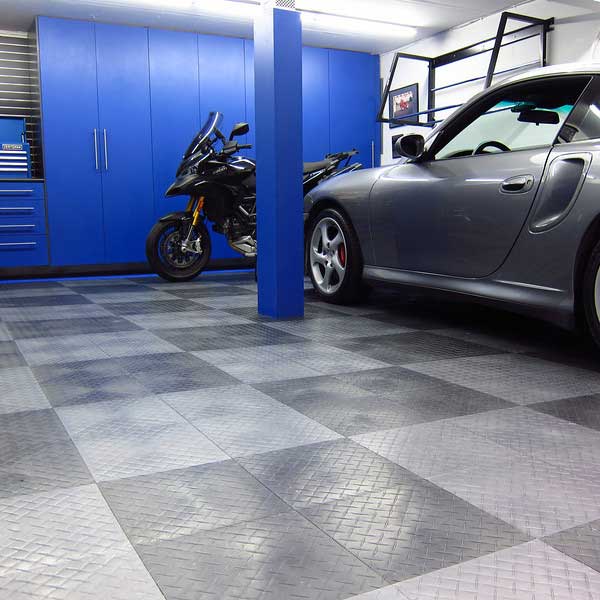Your garage floor is a silent workhorse, enduring everything from blazing summer heat to icy winter cold. These seasonal extremes, combined with specific environmental factors, mean that a one-size-fits-all cleaning and maintenance routine won’t quite cut it for optimal longevity. At Garage Flooring LLC, we understand the distinct challenges each season presents. By adapting your garage floor care, you can ensure your epoxy, polyurea, tiles, or mats stay protected and look fantastic year-round.
Let’s dive into the essential seasonal care tips for your garage floor.
Winter Woes: Battling Salt, Snow, and Slush
Winter is arguably the toughest season for any garage floor. Road salt, snow, ice melt, and slush are relentlessly tracked in, bringing with them corrosive chemicals and abrasive grit.
Winter Threats:
- Road Salt & Ice Melt: Highly corrosive to concrete and can leave white, chalky stains on all types of flooring if not addressed.
- Moisture: Melting snow and ice create puddles, increasing slip hazards and potentially getting trapped under non-breathable flooring.
- Abrasive Grit: Sand, gravel, and dirt tracked in can scratch surfaces.
- Cold Temperatures: Can make some flooring materials more rigid or affect the long-term integrity of coatings if not properly cured.
Winter Care Best Practices:
- Frequent Sweeping/Vacuuming: Ramp up your dry cleaning efforts. Sweep or vacuum daily (or after every vehicle entry) to remove abrasive grit and salt crystals before they can scratch or dissolve.
- Prompt Spill/Melt Cleanup: Don’t let snow melt or puddles sit. Use a squeegee to push excess water out of the garage or towards a drain.
- Utilize Containment Mats: This is the most crucial winter accessory. A high-quality garage containment mat with raised edges is designed to catch melting snow, ice, salt, and fluids, preventing them from spreading across your entire floor.
- Mild Wet Cleaning: When wet cleaning is needed, use warm water and a neutral cleaner like Dawn dish soap or Simple Green. This helps dissolve salt residue. Rinse thoroughly to prevent any film from accumulating. For stubborn salt haze, a solution of diluted vinegar (for non-coated floors) or specifically formulated floor cleaner can help.
- Avoid Harsh Chemicals: Resist the urge to use harsh de-icers directly on your garage floor, as they can damage even resistant coatings.
Summer Sunshine: Managing Heat, Humidity, and Outdoor Activity
Summer brings different challenges, primarily related to heat, humidity, and increased outdoor activity.
Summer Threats:
- Hot Tire Pickup: Recently driven tires generate significant heat. When parked on certain floor types, this heat, combined with chemicals in the tires, can cause the flooring to soften or bond, leading to material being “picked up” when the tire moves.
- Increased Foot Traffic: More outdoor activities often mean more dirt, grass clippings, and debris tracked in.
- Humidity: High humidity can make the garage feel damp and, for concrete, can contribute to moisture vapor transmission (MVT) if a proper barrier isn’t in place.
- UV Exposure: If your garage entrance is frequently open, UV rays can affect some flooring materials over time, potentially leading to fading or yellowing (though polyurea is UV stable).
Summer Care Best Practices:
- Pre-Cooling Tires: If possible, let your vehicle sit in the driveway for 10-15 minutes after a long drive before parking it in the garage. This allows tires to cool down, significantly reducing the risk of hot tire pickup.
- Use Walk-Off Mats: Place absorbent walk-off mats at entry points to trap dirt, grass, and dust from shoes before it gets tracked onto your main floor.
- Regular Sweeping/Hosing: Increased outdoor activity means more frequent dry cleaning. For coated floors or tiles with airflow channels, a quick hose-down followed by squeegeeing is a great way to remove tracked-in dirt and keep things fresh.
- Prompt Spill Cleanup: Summer projects might involve paints, stains, or other fluids. Clean these up immediately to prevent staining.
- Monitor Humidity (for concrete): If you’ve had past moisture issues or are considering a coating where MVT is a concern, keep an eye on humidity levels. Ensure your concrete is dry before applying any new coating.
- Maintain Your HVAC/Ventilation: Good air circulation in your garage can help manage humidity levels and dry out any dampness.
Year-Round Fundamentals for All Seasons:
Regardless of the season, these core principles ensure your garage floor remains a reliable asset:
- Prompt Spill Cleanup: The golden rule for any floor type.
- Use Recommended Cleaners: Stick to neutral pH cleaners like Dawn dish soap or Simple Green for general cleaning. For stubborn stains, a TSP cleaner with a non-abrasive pad can be effective.
- Avoid Harsh Abrasives: No wire brushes, steel wool, or abrasive cleaning powders that can scratch or damage the surface.
- Protect from Impacts: Use pads or plywood under heavy equipment or jack stands.
- Regular Inspections: Periodically check your floor for any signs of damage or wear and address them promptly.
By fine-tuning your garage floor care to the rhythm of the seasons, you’ll maximize its lifespan, maintain its brilliant appearance, and ensure it continues to be a functional and attractive part of your home year after year.
Ready to protect your garage floor through every season?




